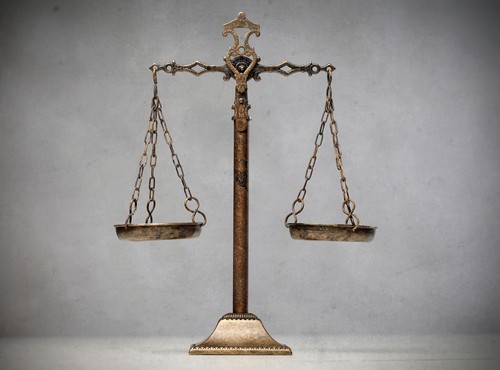
It is a discussion in many living rooms: who is doing less work to take care of the children? This is usually the least-earnest parent. Read: often the woman. But this does not necessarily have to be the most economical, say the organizations Women Inc. and Nibud.
They have an online tool (https://www.womeninc.nl/werkzorgberekenaar) to calculate the financial impact if one or both parents work less. The tool has been developed in the hope that more women continue to work, because in practice the least-earnest partner is often the woman.
Important Tax Benefits
By using tax benefits such as tax rebates and childcare allowances, a woman taking care of a child does not necessarily have to be the most beneficial, the two organizations suggested. In their calculation, they look at collective income, gross and net salary, mortgage interest deductions and surcharges.
Most young parents only look at who earns the least. In most cases, those are the ones that work fewer hours. These are often the women: 47% are working less, while 91% percent of men work same hours or even more hours.
Equal Distribution of Care and Work Is Possible
But, according to Women Inc., the need to better divide work and care over both parents should be equal. “Only 18% of the Dutch divide care and work equally, while half of all the Dutch would actually want to. This new tool shows that this is also possible”, says Saskia de Hoog of Women Inc.
Also, the costs of childcare by young parents are not properly assessed, says Women Inc. These high costs are often called a reason to work less. However, according to the organization, it appears that parents in the lowest taxpayer bracket can recover 94% percent of the collection costs, and one day of extra work bellow the line really pays off.
Source: https://www.rtlnieuws.nl/geld-en-werk/ouders-let-op-dit-kost-minder-werken-echt
